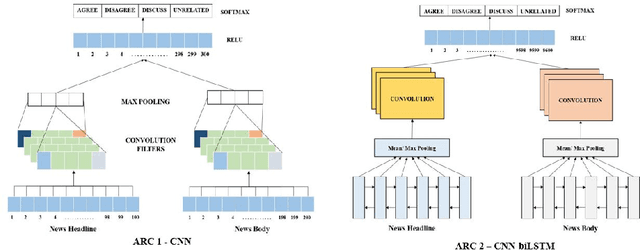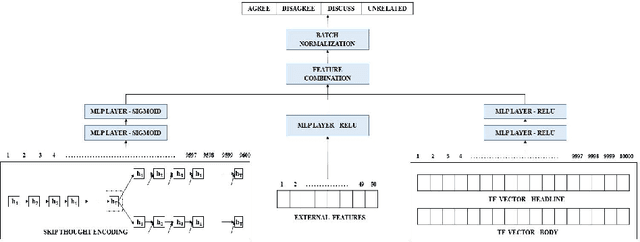Aman Sharma
EchoAtt: Attend, Copy, then Adjust for More Efficient Large Language Models
Sep 22, 2024



Abstract:Large Language Models (LLMs), with their increasing depth and number of parameters, have demonstrated outstanding performance across a variety of natural language processing tasks. However, this growth in scale leads to increased computational demands, particularly during inference and fine-tuning. To address these challenges, we introduce EchoAtt, a novel framework aimed at optimizing transformer-based models by analyzing and leveraging the similarity of attention patterns across layers. Our analysis reveals that many inner layers in LLMs, especially larger ones, exhibit highly similar attention matrices. By exploiting this similarity, EchoAtt enables the sharing of attention matrices in less critical layers, significantly reducing computational requirements without compromising performance. We incorporate this approach within a knowledge distillation setup, where a pre-trained teacher model guides the training of a smaller student model. The student model selectively shares attention matrices in layers with high similarity while inheriting key parameters from the teacher. Our best results with TinyLLaMA-1.1B demonstrate that EchoAtt improves inference speed by 15\%, training speed by 25\%, and reduces the number of parameters by approximately 4\%, all while improving zero-shot performance. These findings highlight the potential of attention matrix sharing to enhance the efficiency of LLMs, making them more practical for real-time and resource-limited applications.
Ensemble Framework for Cardiovascular Disease Prediction
Jun 16, 2023



Abstract:Heart disease is the major cause of non-communicable and silent death worldwide. Heart diseases or cardiovascular diseases are classified into four types: coronary heart disease, heart failure, congenital heart disease, and cardiomyopathy. It is vital to diagnose heart disease early and accurately in order to avoid further injury and save patients' lives. As a result, we need a system that can predict cardiovascular disease before it becomes a critical situation. Machine learning has piqued the interest of researchers in the field of medical sciences. For heart disease prediction, researchers implement a variety of machine learning methods and approaches. In this work, to the best of our knowledge, we have used the dataset from IEEE Data Port which is one of the online available largest datasets for cardiovascular diseases individuals. The dataset isa combination of Hungarian, Cleveland, Long Beach VA, Switzerland & Statlog datasets with important features such as Maximum Heart Rate Achieved, Serum Cholesterol, Chest Pain Type, Fasting blood sugar, and so on. To assess the efficacy and strength of the developed model, several performance measures are used, such as ROC, AUC curve, specificity, F1-score, sensitivity, MCC, and accuracy. In this study, we have proposed a framework with a stacked ensemble classifier using several machine learning algorithms including ExtraTrees Classifier, Random Forest, XGBoost, and so on. Our proposed framework attained an accuracy of 92.34% which is higher than the existing literature.
On the Benefit of Combining Neural, Statistical and External Features for Fake News Identification
Dec 11, 2017



Abstract:Identifying the veracity of a news article is an interesting problem while automating this process can be a challenging task. Detection of a news article as fake is still an open question as it is contingent on many factors which the current state-of-the-art models fail to incorporate. In this paper, we explore a subtask to fake news identification, and that is stance detection. Given a news article, the task is to determine the relevance of the body and its claim. We present a novel idea that combines the neural, statistical and external features to provide an efficient solution to this problem. We compute the neural embedding from the deep recurrent model, statistical features from the weighted n-gram bag-of-words model and handcrafted external features with the help of feature engineering heuristics. Finally, using deep neural layer all the features are combined, thereby classifying the headline-body news pair as agree, disagree, discuss, or unrelated. We compare our proposed technique with the current state-of-the-art models on the fake news challenge dataset. Through extensive experiments, we find that the proposed model outperforms all the state-of-the-art techniques including the submissions to the fake news challenge.
 Add to Chrome
Add to Chrome Add to Firefox
Add to Firefox Add to Edge
Add to Edge